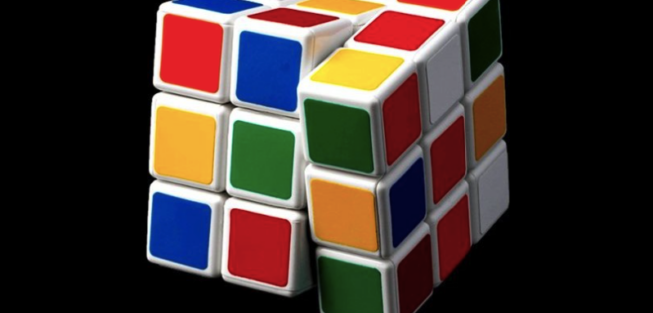In 1975, the Hungarian academic Ernő Rubik applied for a patent on his invention.
Little did he know that his ingenious teaching tool, created behind the Iron Curtain, would become an iconic global phenomenon.
With its bright iconic design, plus the fact that it transcends languages, ages and backgrounds, and doesn’t even require instructions, it is perhaps not surprising the Rubik’s Cube became a best-selling global phenomenon.
Not to mention that it is portable, and can be solved in countless ways.
But initially, Ernő Rubik did not realise quite what he had on his hands when he invented his ingenious, confounding colour-matching puzzle.
He did not even think about whether the cube – that would ultimately make his name famous the world over – would be successful, he told the BBC’s Terry Wogan in 1986.
I was not worried because I never decided to do that, that was nothing that I was running for,” he said. He had originally not devised his cube as a toy, but as a teaching tool for his students.
In 1974, he was working as a professor of architecture at the Budapest College of Applied Arts.
Believing that the best way to teach his students was to show them, he wanted to create something they could play with to get them thinking creatively about geometric forms and spatial relationships.
World’s Largest Jeweler Shifts Exclusively to Recycled Metals Sourcing
His aim was to make something tactile and mobile, that was simple enough for his students to understand but contained some kind of problem to be solved.
And also, importantly, it would challenge them to persevere when faced with a complex, frustrating puzzle.
“First of all you must be patient, it’s very useful to solve a problem, then you need some spatial memory, three-dimensional memory,” he said on the talk show, Wogan.
“To memorise which congregation you are and where the pieces are and so on… If we close our eyes, we know, we remember, and not for a picture only but the meaning of the picture.”
Continue here: BBC
Ask me anything
Explore related questions





